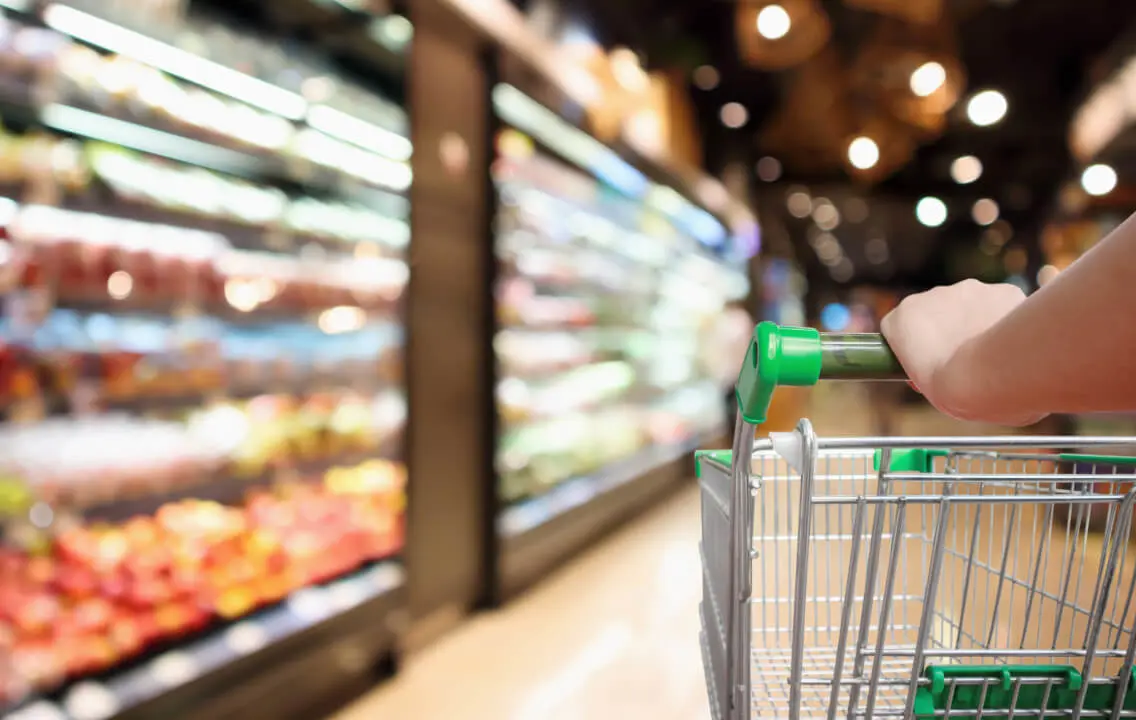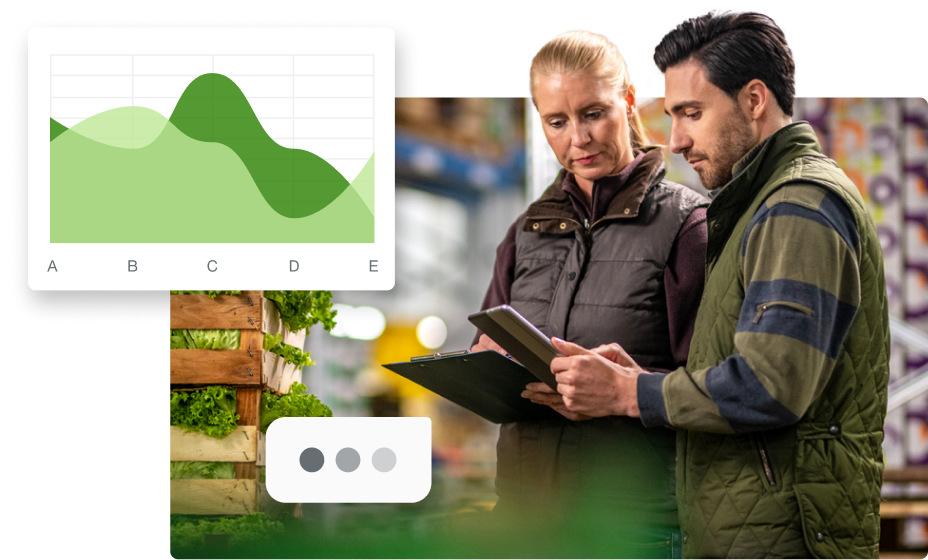Making every dollar and minute count in trade promotions

How trade promotion optimization solutions increase ROI in an increasingly dollar-conscious environment.
‘Doing more with less’ has become a way of working in consumer goods, underscored now with increasing supply costs putting the squeeze on spending in other areas. Consumer goods companies need to be more mindful than ever of where and how much to invest, including on trade promotions, and measuring the returns. The time is over for throwing time and money at promotions that may not work, and for repeating yesterday’s mistakes due to a lack of accurate forecasting ability.
The ruler needs to be applied to trade promotions effectiveness in order to improve sales volumes and trade spend ROI, and in a way that is not labour and time intensive. Enter Trade Promotion Optimization (TPO) software.
Challenges in understanding trade promotion effectiveness
Manual trade promotions planning and reporting processes result in a number of challenges. One is siloed planning, a lack of integration across departments such as for demand planning. Another is visibility of budget and spend, and adherence to it. A third is having to re-learn and repeat planning and reporting practices because they’re not automated.
Manually analyzing trade promotion performance data – particularly from multiple sources – takes time, and the time required may be too late to adjust future planned promotions. Post-event analysis may be patchy.
Without centralized and automated post-event analysis, planning, and constraint-based ‘what if’ scenario modelling, you lack an accurate view of promotional performance so that your predictive planning may be guesswork at best. And inaccurate forecasting may lead to overspend on ineffective promotions. Potential revenue may be left on the table because companies may not know how to optimize lift, contribution and ROI for future promotion plans.
And if you don’t have centralized, well-visualized data, it’s also harder to obtain visibility of retailer promotional compliance, or lack thereof, and thus hold the retailer to account.
TPM gets you part but not all of the way; you need TPO too
Even if you’ve moved beyond manual spreadsheets to a Trade Promotion Management (TPM) system or software, you’re not all the way ‘there’ yet in terms of optimizing your promotions programs and spend.
TPM systems are mostly tactical, with capabilities that allow for more efficient promotion execution, capture some promotion activity details such as merchandising conditions and price points, and settling promotion fund payments.
TPO, on the other hand, is predictive. It uses scientific volume calculations based on past performance, rather than hand-entered ‘gut feel’ estimates. It applies historical lift coefficients driven by tactic, price, discount levels, and historical results to create a credible, accurate base volume forecast combined with what-if scenario modelling.
Integrating TPM and TPO software gives you the power to move beyond a transactional, event-based view of trade spend to an analytical, performance-based approach that improves trade investments.
How TPO systems can help
TPO systems can be used for consumer goods promotion analysis, analytics, planning and modelling. Analysis capabilities include the ability to see consumption, shipment and spending data; account for inconsistencies in syndicated performance data and correct any data anomalies; create a true baseline and monitor baseline trends over time; and monitor the effects of competitor and consumer events.
From a planning standpoint, TPO solutions mean that consumer goods companies can create what-if scenarios, a library of approved plans, calculate predictive KPIs for both themselves and retailers, determine the top-performing promotion events at product and customer level, and compare annual plans optimized for profit, revenue and volume.
Data harmonization capabilities of TPO systems, such as integrating data from multiple sources like SPINS data from IRI or Nielsen, means that users can see what happened the last time the promotion plan ran including how promotions performed on display, what to expect if a specific promotion is run again, factors influencing its success, and tweaks required to make the plan or promotion more effective.
Post-event analytics, including the activities of competitors, are centralized and automated so that employees aren’t spending days and weeks on manual analysis. Constraint-based modelling allows for a multitude of promotional mixes to determine the optimal event or promotional plan depending on revenue, profit, and volume objectives.
By automating promotional inputs and performance and conducting in-depth post-event analysis, TPO systems increase ROI on trade investments. One client of TELUS', Welch’s, increased their trade investment ROI by 16%+ once they implemented TPO. And implementing TPO systems saves time in an environment where many consumer goods organizations still spend 20-30% of their trade resource time compiling information to analyze, which limits the frequency and depth of their analysis.
Ultimately a TPO-based, data-driven approach minimizes money and time spent on trade promotions. If you’re still using manual analysis for promotions, how many more millions of dollars do you want to waste on repeating underperforming promotions in an environment where every dollar counts?
TPO software can be implemented in a matter of weeks. Schedule a demo today to find out how TPO software can save you time and money.

